The Potential of AI and Machine Learning In the Healthcare Industry
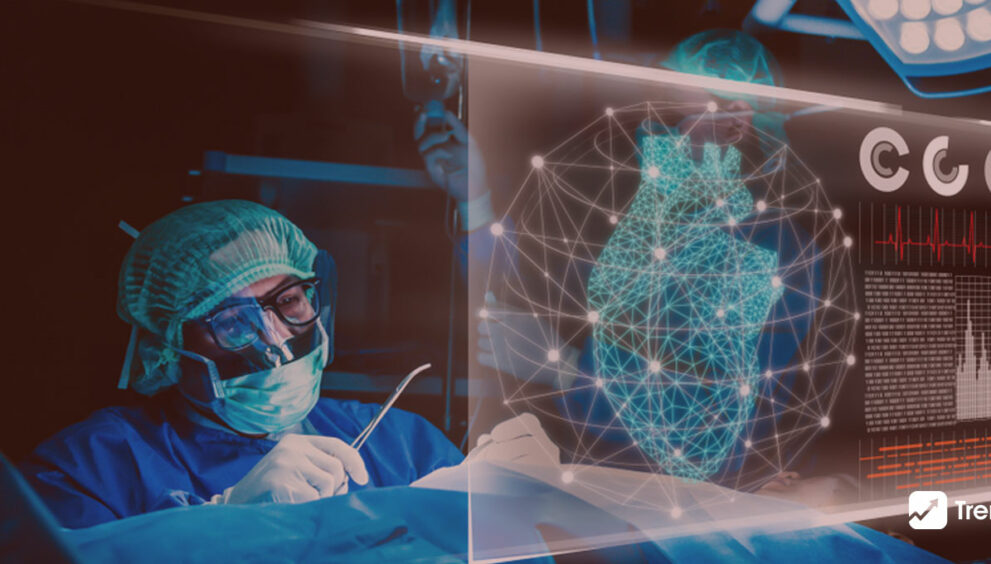
Artificial intelligence is touching more businesses and aspects of our personal life every year. Healthcare is no exception healthcare payers, pharmaceutical, and biotechnology firms make it an excellent investment opportunity. With its rising popularity, you may be asking if the hype around AI and machine learning in healthcare is justified. According to MarketsandMarkets, AI spending in healthcare is estimated to reach $36.1 billion by 2025. The industry’s high potential for automation and efficiency across a wide range of end-users, including providers, and hospitals, improving models and algorithms, gaining data access, lowering hardware costs, and greater connectivity, such as 5G, pave the way for more ambitious AI solutions. With the introduction of 5G, machines will be able to handle massive volumes of data in real time without the prior barrier of network stability.
When COVID-19 disrupted the planet, AI was utilized to create prediction algorithms that can help limit the spread of the pandemic. Machine learning was utilized by immunologists to make discoveries and develop better vaccines. Conversational AI is used by startups such as Lark to assist individuals suffering from chronic ailments. The software uses health data to track exercise levels, sleep patterns, and mindfulness, among other things. Read on to know more about AI and machine learning in the healthcare and medical industry.
What Are The Benefits Of Using AI And Machine Learning In Healthcare?
Integrating AI into the healthcare ecosystem has several benefits, including the ability to automate processes and analyze large patient data sets to provide better treatment sooner and at a cheaper cost. AI may automate administrative duties such as pre-authorizing insurance, following up on outstanding bills, and keeping records, reducing the strain on healthcare personnel and eventually saving them money.
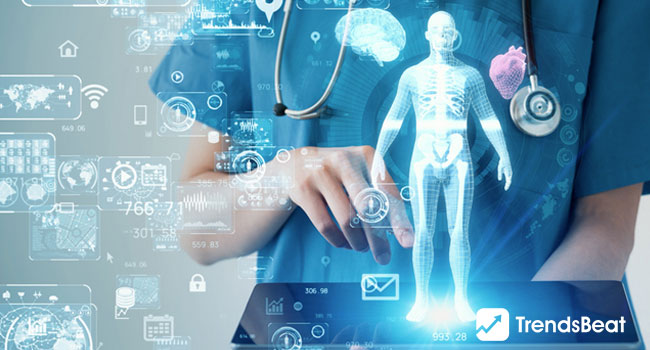
Consolidating patient insights can lead to predicted advantages thanks to AI’s capacity to handle large data sets, assisting the healthcare ecosystem in identifying crucial areas of patient care that require improvement.
AI is also used in wearable healthcare devices to better assist patients. AI-powered software, such as FitBits and smart watches, may analyze data and notify users and their healthcare providers of potential health concerns and hazards. The ability to check one’s health through technology reduces professionals’ burden and saves unneeded hospital visits or remissions.
How Does AI Help Improve Patient Care Outcomes In The Healthcare Industry?
AI is a group of technologies that consists of automated systems capable of performing activities such as visual perception, enhancing diagnoses and forecasts, and processing vast amounts of data in real-time. AI-assisted tasks have interesting applications in value-based care, such as improving health and patient care outcomes.
Data overload is a growing issue impacting healthcare institutions across the spectrum. AI procedures that are interpretable may reduce massive volumes of complicated data and synthesize essential aspects of the data for study by the appropriate professional with recommendations and insights. This capacity to assimilate and simplify data allows doctors to spend more time with patients. Interpretable AI enables providers to rapidly access medical data, analyze medical history, discover trends, and offer therapies. These aspects aid in identifying distinct symptoms and risk severity for each patient, all while focusing on the patient’s well-being and quality of care.
Can AI Be Used For Medical Diagnosis And Treatment Planning?
Artificial intelligence, or AI, is becoming increasingly popular in the medical industry, particularly in diagnosis and therapy management. There has been a lot of study on how AI may help with healthcare choices and improve physicians’ judgment. Accurate diagnosis is a critical component of worldwide healthcare systems. In the United States, around 5% of outpatients obtain an inaccurate diagnosis, with mistakes being more prevalent for serious medical diseases and posing a substantial risk of patient damage. AI and machine learning in healthcare have developed as strong diagnostic tools in recent years. This technology has the potential to transform healthcare by offering a more precise diagnosis.
AI can assist physicians to enhance therapy in a variety of ways. After examining troves of treatment and patient data – much too much information for humans to process successfully – to discover what has worked in the past for similar patient cohorts, treatment plans, and other follow-up steps may be personalized more effectively. Along with enhanced communications, this can aid in addressing the persistent issue of patient noncompliance. Other AI uses in healthcare include the development of novel medications and more effective drug targeting to increase efficacy and prevent bad drug effects (ADRs). Hundreds of startups are actively leveraging AI for drug research. Atomwise, a San Francisco-based business, has announced a $1.5 billion collaboration with Jiangsu Hansoh Pharmaceutical Group to develop novel cancer medicines. “We can predict how it would function in a cell in conjunction with other treatments the patients may be taking,”
Other applications of AI, such as more effective illness identification, might help minimize the number of diagnostic mistakes made each year. Oncology uses AI technologies to identify tumors. Pathologists use machine vision technologies to diagnose illnesses in body fluids and tissues, and face recognition helps match phenotypes with specific uncommon diseases.
How Is AI and Machine Learning in Healthcare Revolutionizing Medical Imaging Analysis?
Do you want to know how AI and machine learning in healthcare revolutionizing medical imaging analysis? Well! Artificial intelligence is prevalent in every business, from e-commerce to healthcare. Medical imaging is the most common use of AI in the healthcare business. Medical imaging analysis findings provide a variety of patient data and need accuracy. Medical imaging data are used to determine a patient’s future care and therapy. By eliminating human mistakes, AI in imaging can help radiologists read medical imaging data more precisely.
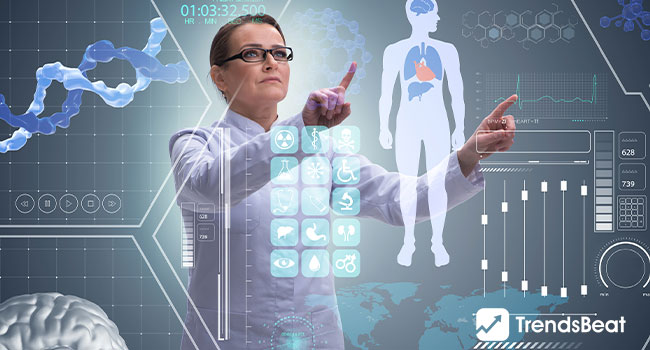
Deep learning algorithms are rapidly being employed in various medical imaging scans for early diagnosis to give patients with safer care. The application of deep learning algorithms in radiological imaging is one of the more effective instances. These algorithms are being integrated into radiologists’ workflows to aid in the detection of anomalies in chest x-ray images. This approach has the potential to save lives by giving accurate diagnoses that would not otherwise be available without the assistance of radiologists.
These computer-aided diagnostic approaches may also be used in other types of medical imaging studies, such as CT scans. A Deep Learning-based diagnostic software system for cardiological imaging, for example, may quickly identify coronary artery blockages, which are a primary cause of heart attacks and sudden cardiac death cases worldwide.
Few Final Thoughts
This blog is aimed to provide information on how AI and machine learning in healthcare has changed and how it is revolutionizing the medical industry. We have discussed the potential benefits of AI and machine learning in healthcare and medicine and how they can improve patient care outcomes. We have also mentioned how AI can help in medical and treatment planning and How AI and machine learning in healthcare have revolutionized medical imaging analysis.







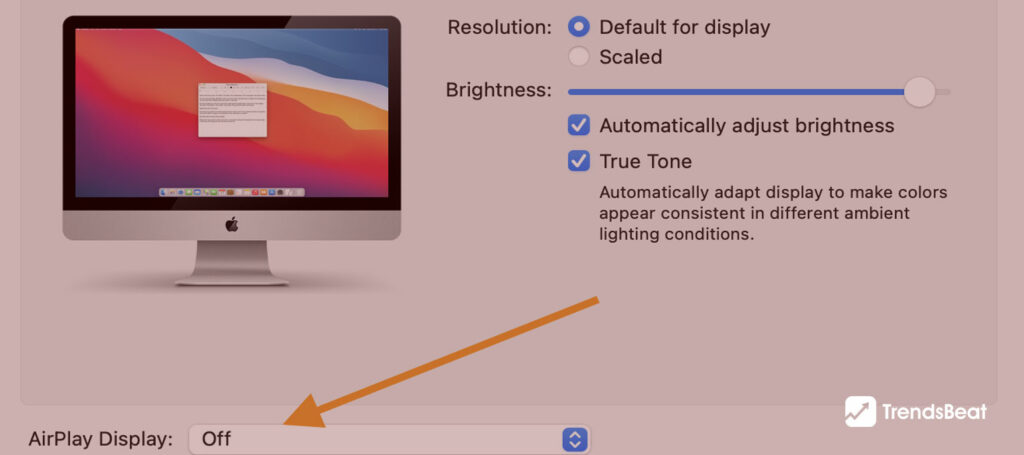



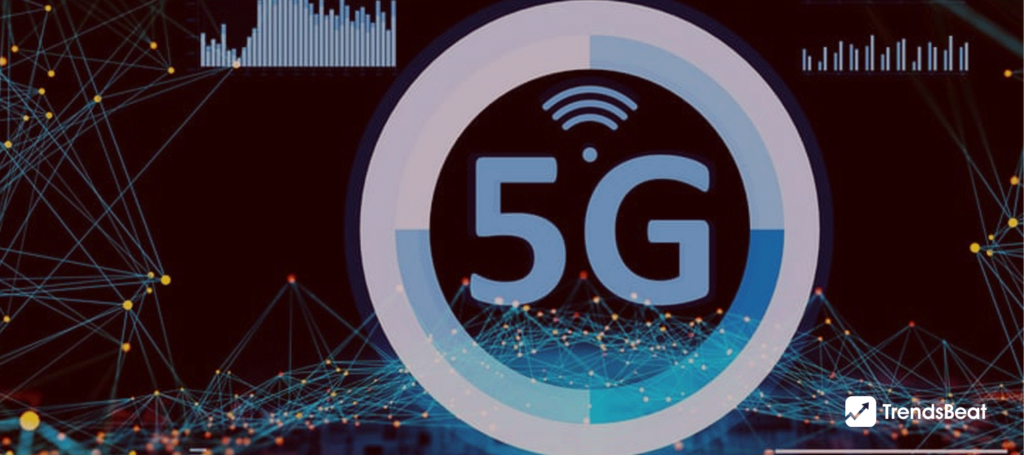







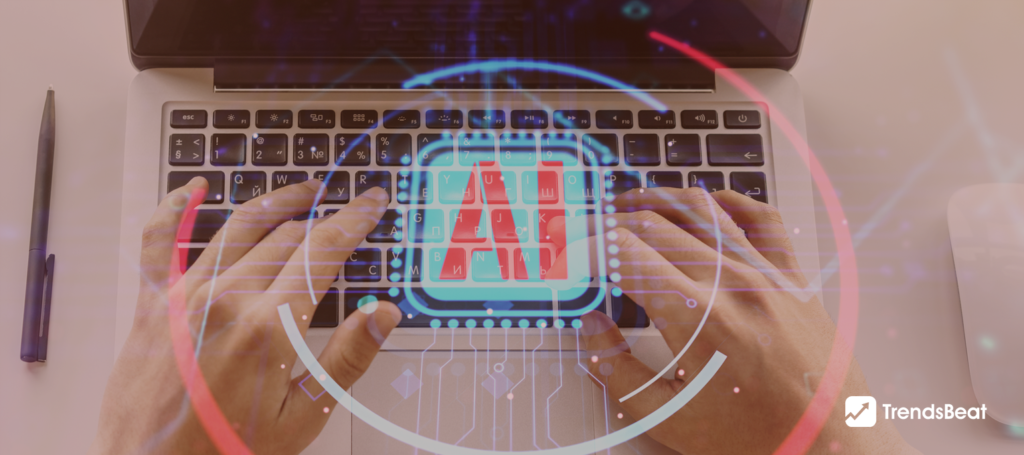


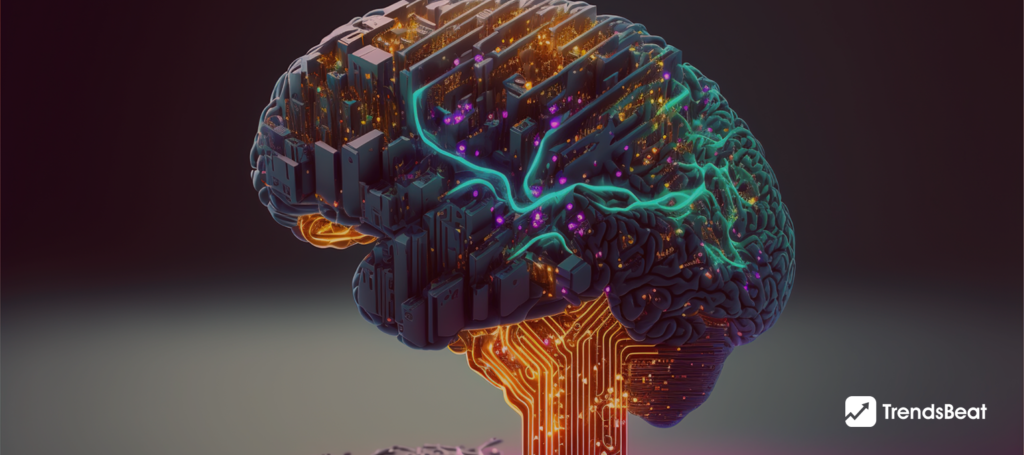

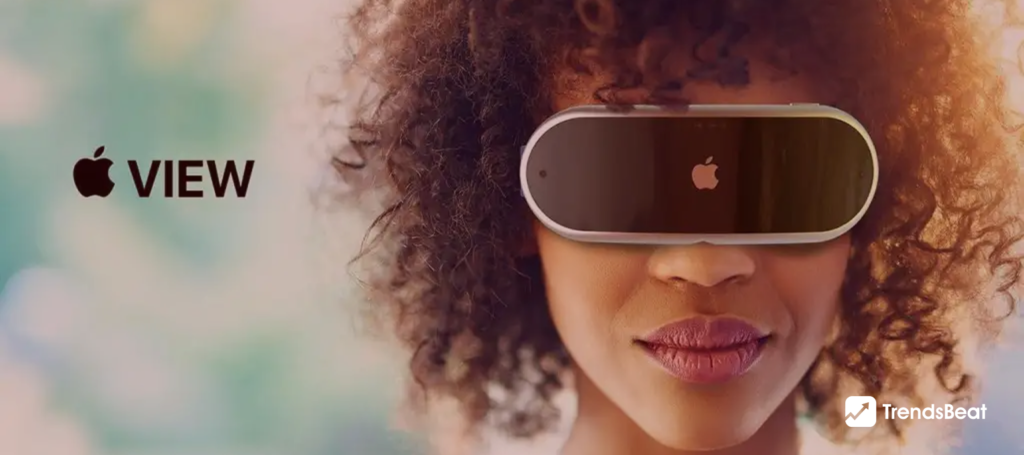









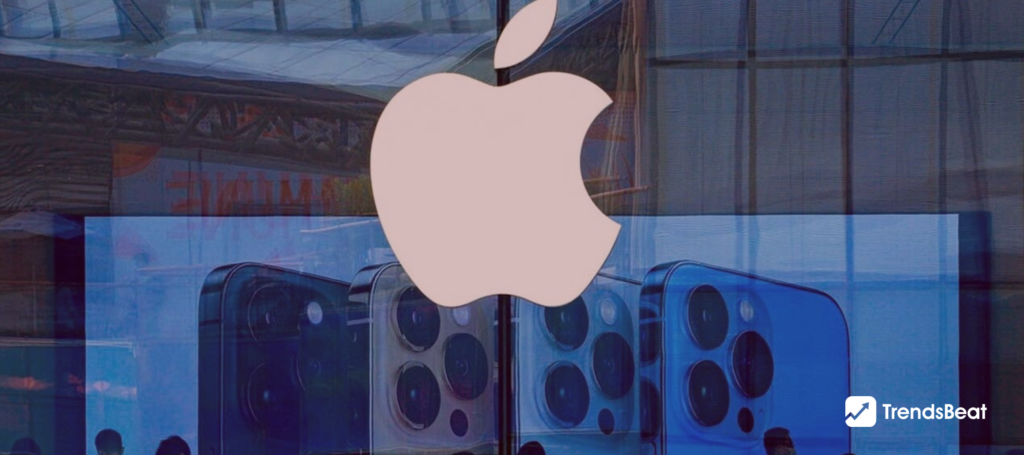






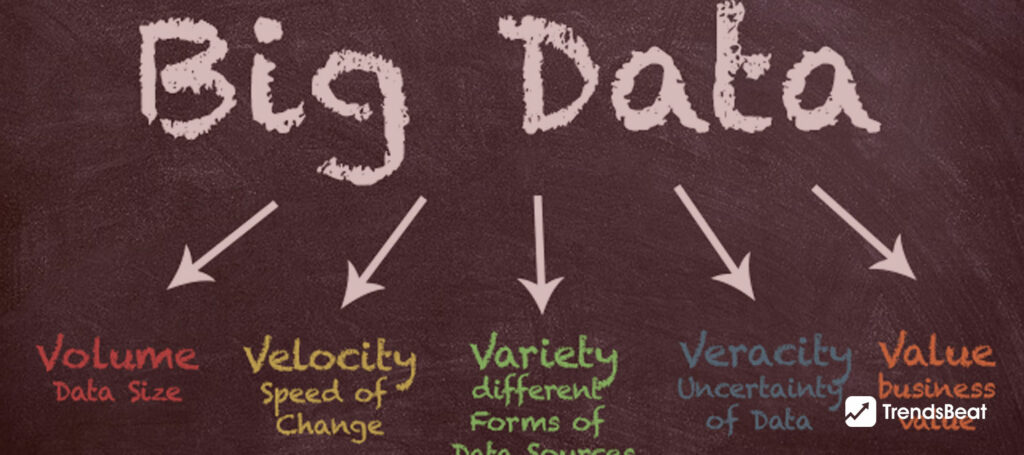
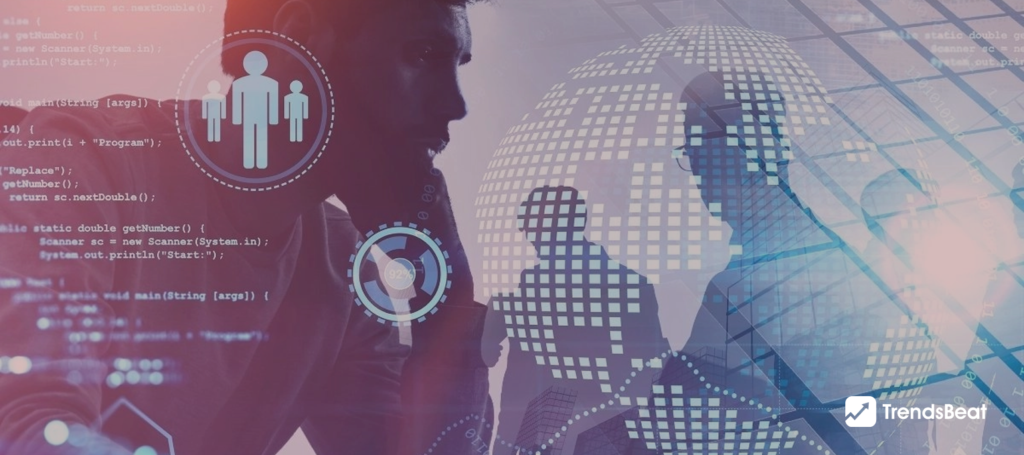
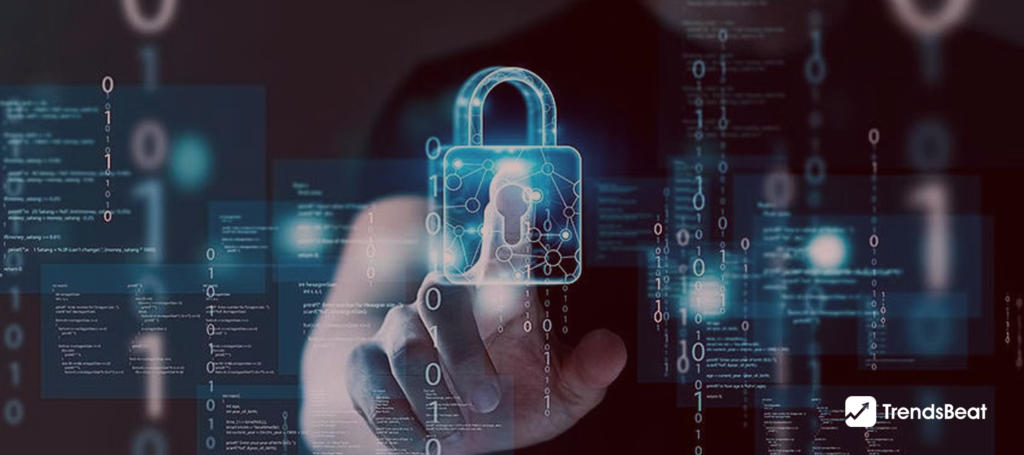








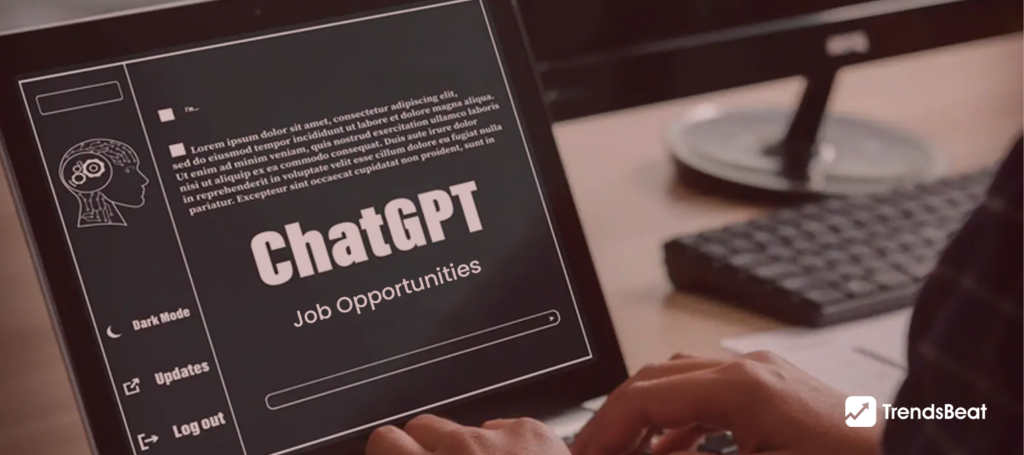







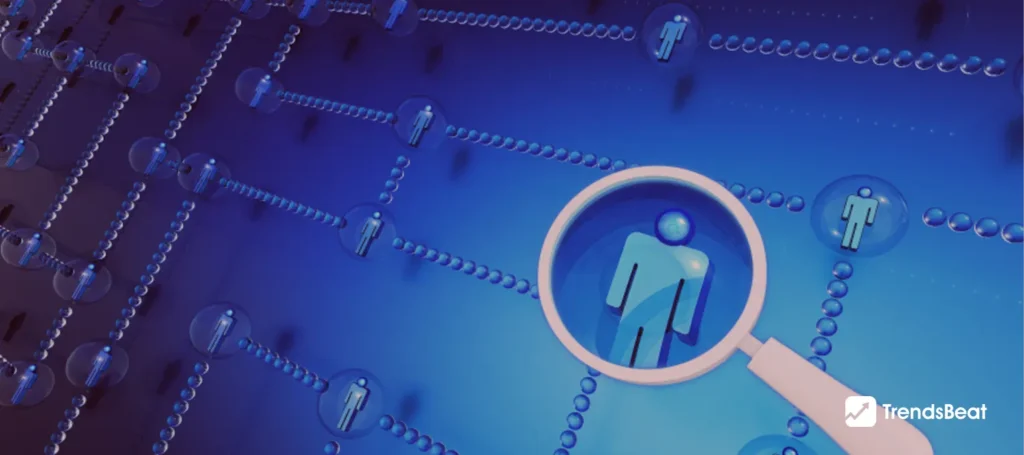


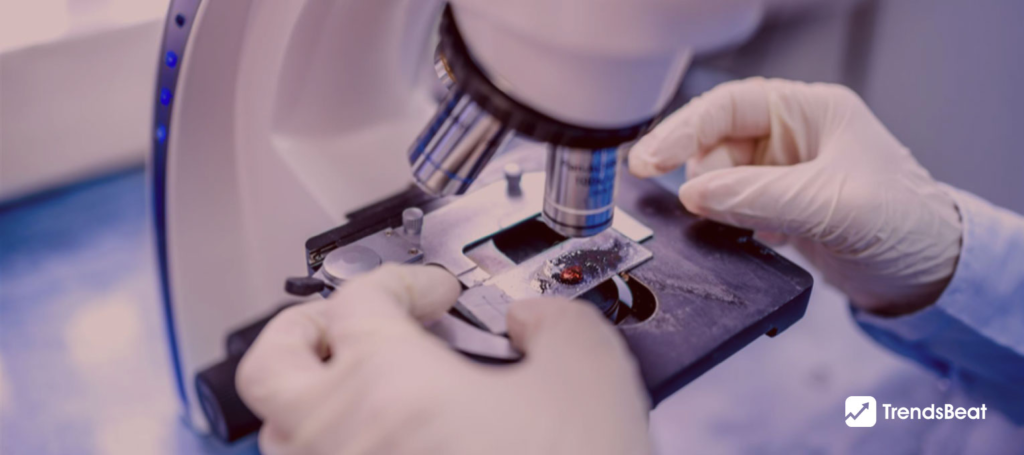
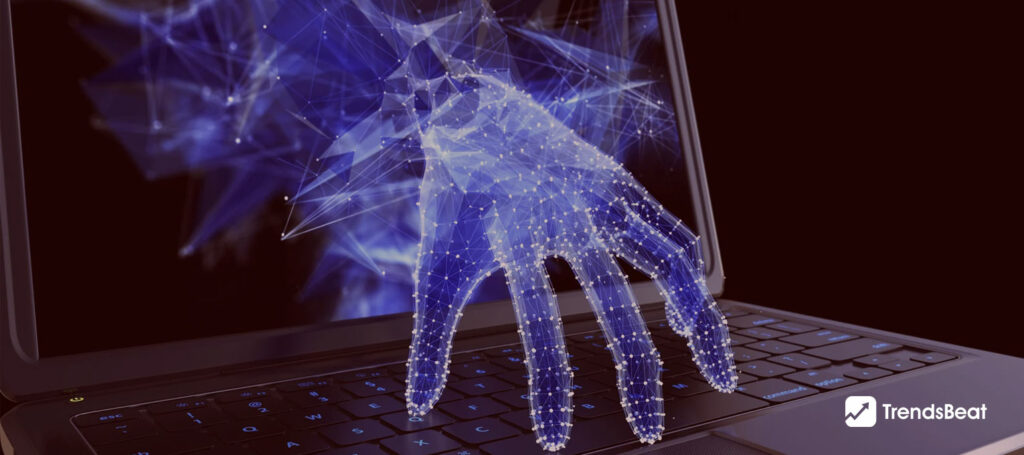




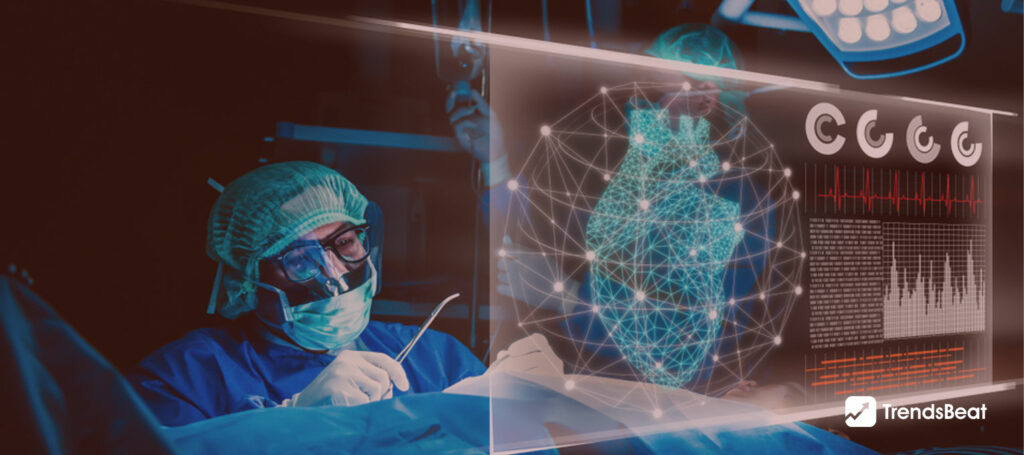

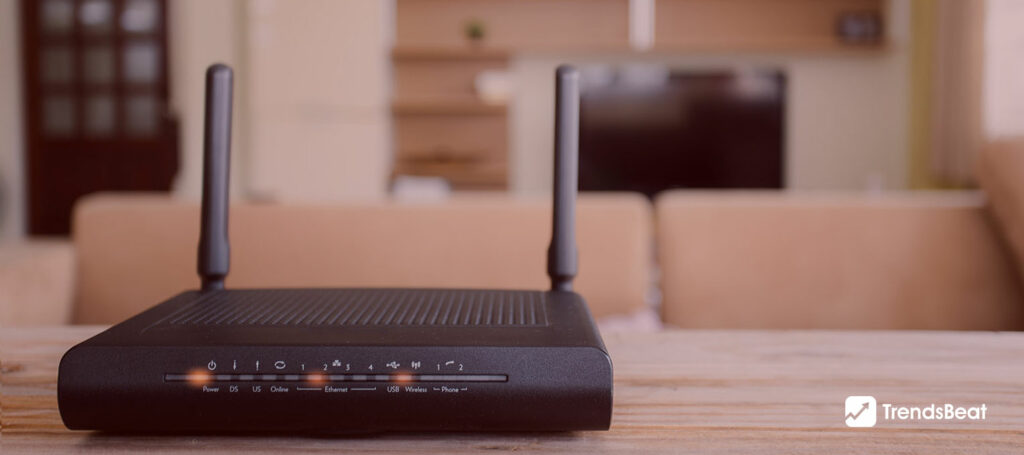
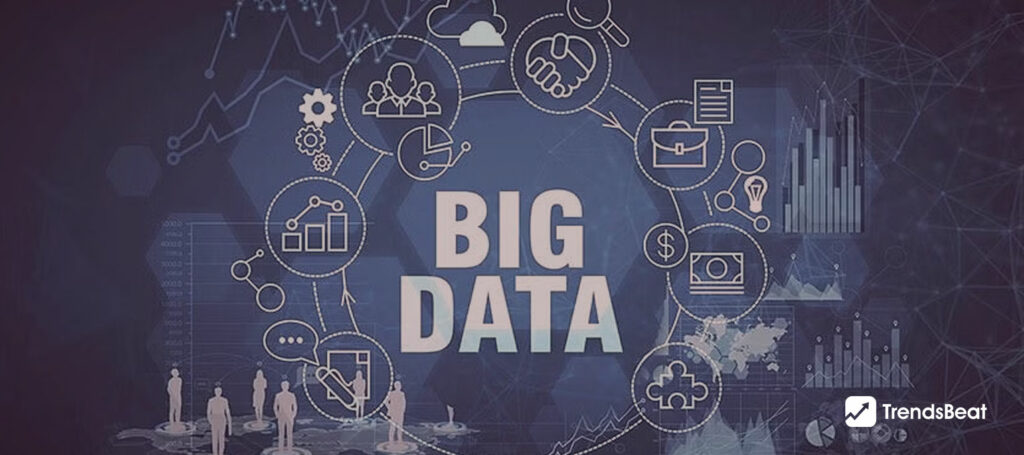
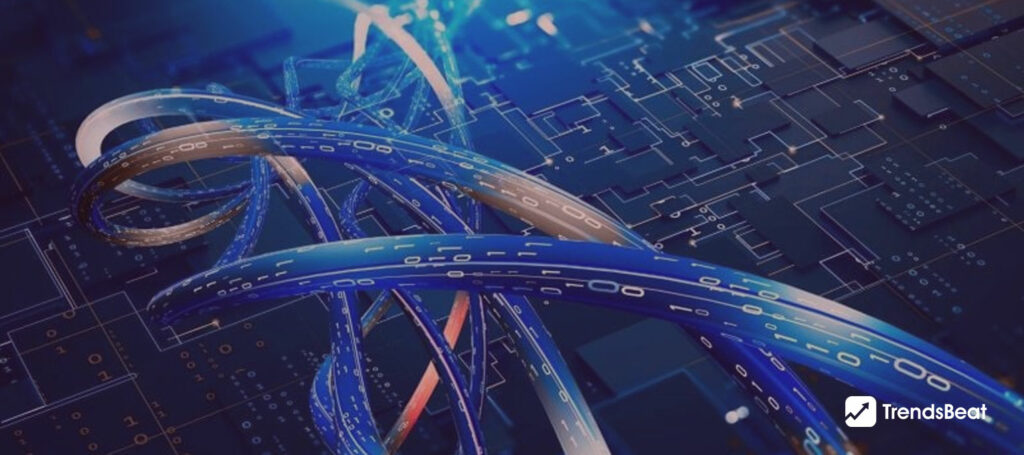
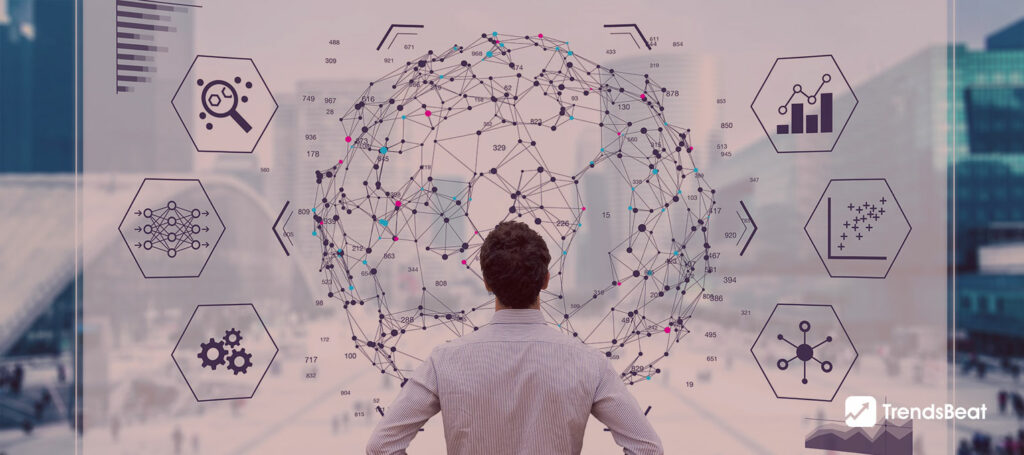
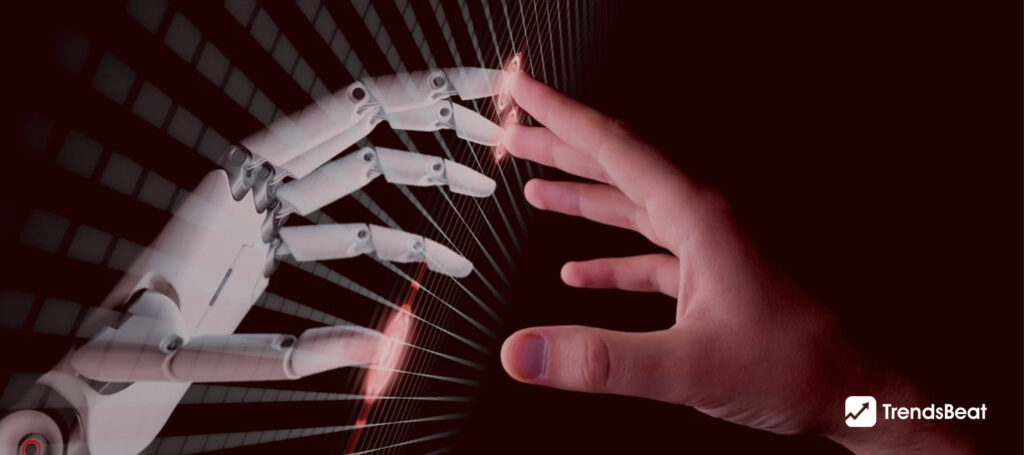

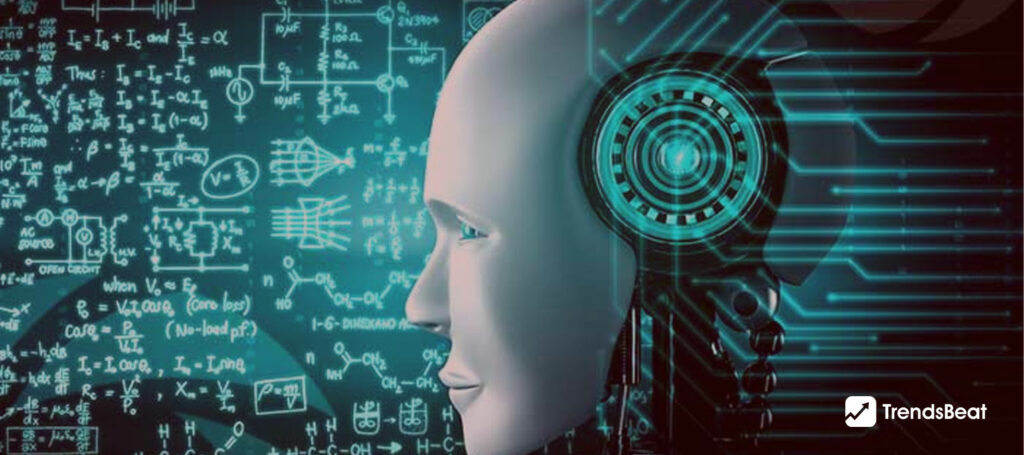

![Essential-Cybersecurity-Tips-for-Small-Businesses-[Protect-Your-Data]-TrendsBeat](https://trendsbeat.com/wp-content/uploads/2023/05/Essential-Cybersecurity-Tips-for-Small-Businesses-Protect-Your-Data-feature-image-template-1024x455.jpg)
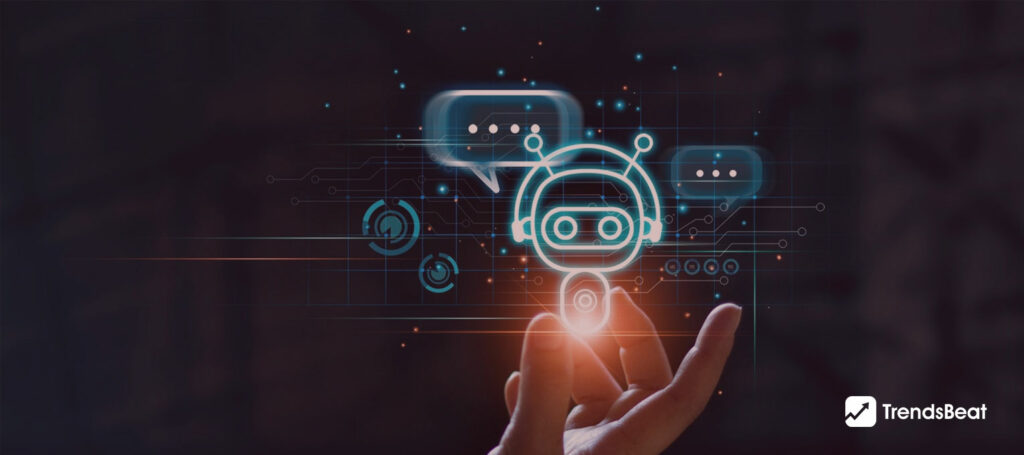











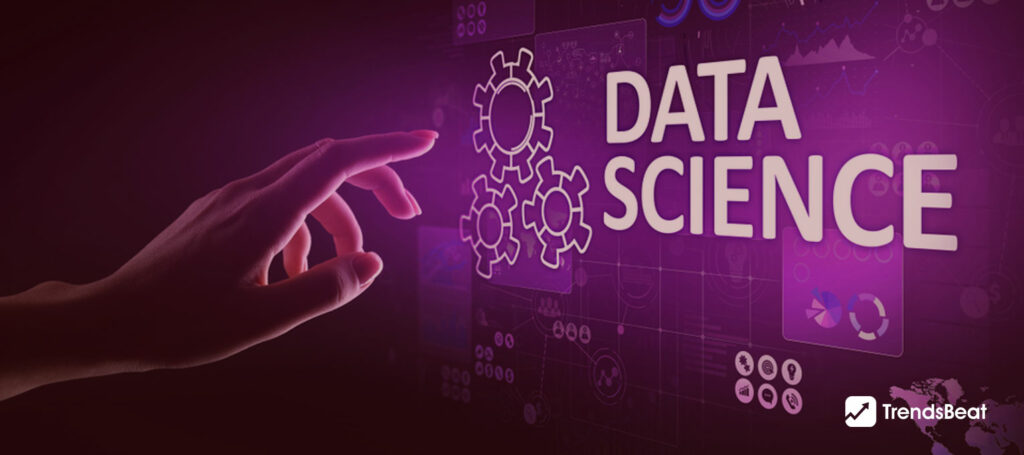


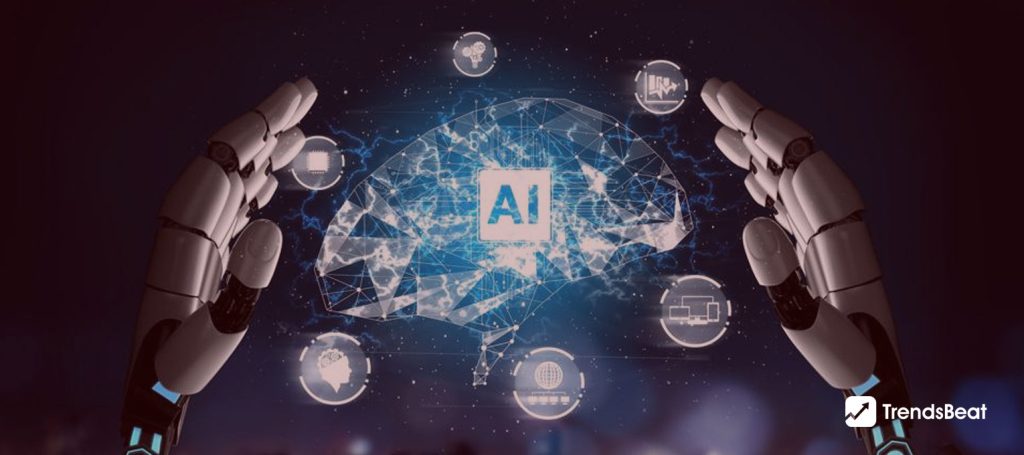


![Top Fitness Trends & Workout Routines to Follow [Stay Fit, Stay Healthy]](https://trendsbeat.com/wp-content/uploads/2023/04/feature-image-Top-Fitness-Trends-Workout-Routines-to-Follow-Stay-Fit-Stay-Healthy-1024x455.jpg)










![[Weight Loss Medication Health Effects] Side Effects and Best Advice](https://trendsbeat.com/wp-content/uploads/2023/04/feature-image-Weight-Loss-Medication-Health-Effects-Side-Effects-and-Best-Advice-1024x455.jpg)



